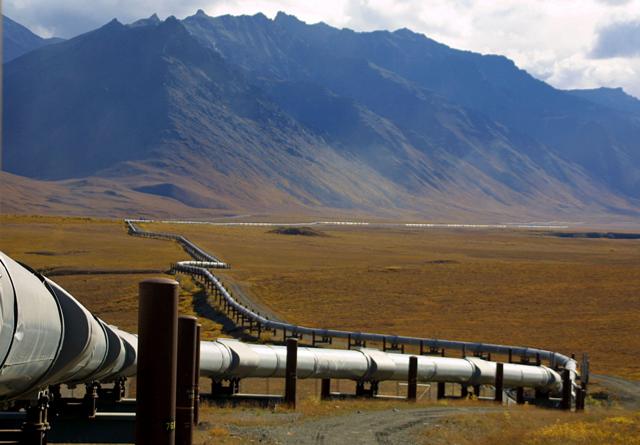Oil prices have been creeping higher 4 days in a row as OPEC plans an “emergency technical meeting” July 24. The move is tentative as the market is still buying into the invincibility of shale oil production and this myth that the global oil market is not balancing. The International Energy Agency tried to feed into that myth by suggesting that OPEC compliance is slipping, offsetting what is a surge in global oil demand. Yet the IEA seemed to speak out of both sides of its mouth and really looks silly when you see US oil supply drop by over 10 million barrels in a week if you subtract a 3 million barrel release from the Strategic Petroleum Reserve.

This comes as U.S. crude imports from Saudi Arabia averaged less than 900,000 barrels per day (bpd) in the four weeks ending on July 7, according to the U.S. Energy Information Administration and US exports increased to 918,000 barrels a day last week. The combination of record US oil exports and falling Saudi imports that are already at the lowest level for this time since 2015 means the historic crude oil supply drain will continue.
According to Reuters, imports from Saudi Arabia will fall even further to less than 800,000 bpd in August, according to a Saudi industry source familiar with the kingdom’s oil policy as, “Saudi Arabia is keen to see an improvement in the oil market and accelerate the balancing process.” Saudi Arabia is cutting exports to all destinations but reducing shipments to the United States is especially important because U.S. stocks are the most visible and have the biggest impact on prices.
That 800,000-barrel reduction of oil imports will more than offset the gains from U.S. shale producers as they are showing signs of struggle with oil prices in the 40’s. Rigs are being drilled but uncompleted and investment was up almost 50% for the year has dropped significantly in just the last month and you can see this in my Summer Solstice special report. Shale investors put on the breaks until they see if the market starts to stabilize. That is not good for the longer-term supply pictures where investment has fallen by 12 percent last year to $1.7 trillion and close to 50% over the last 4 years.















Leave A Comment